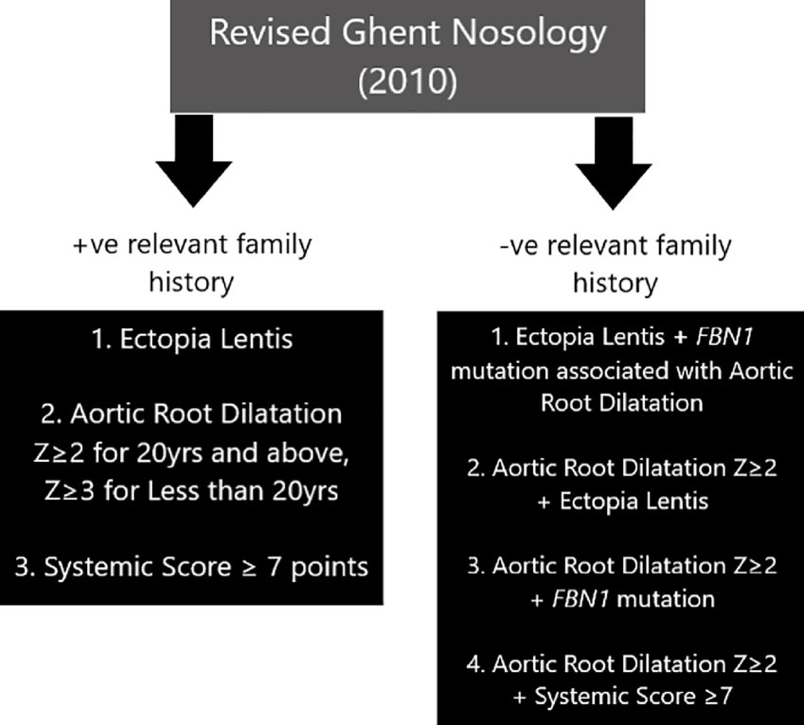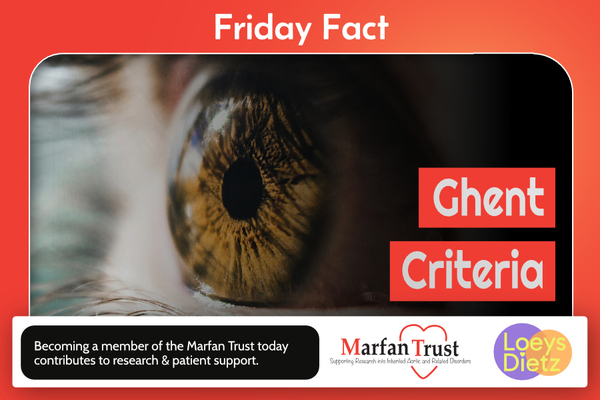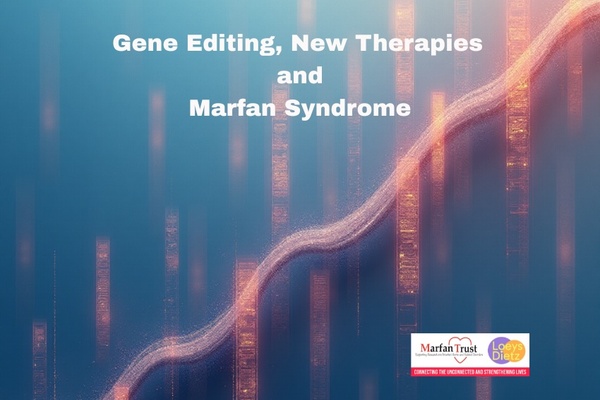A multi-faceted disorder, Marfan syndrome can be difficult to diagnose. The Ghent criteria was carefully devised to facilitate accurate recognition of the syndrome, but there's always room for improvement and criteria are sometimes revised ...
The Ghent criteria is a set of clinical criteria used to help recognise and diagnose Marfan syndrome. The criteria were revised by a panel of experts in 2010 to try and improve the recognition and diagnosis of Marfan syndrome and other connective tissue disorders, aiming to reduce the frequency of missed diagnoses or indeed premature diagnosis.
Below is a table that gives the 7 different circumstances in which a diagnosis of Marfan syndrome can be made. In these revised criteria, more weight is given to the two significant features of aortic root dilatation and ectopia lentis. These are assessed along with other factors, most importantly: a confirmed causative FBN1 mutation or a family history of MFS.
As we learn more and more about different connective tissue disorders and their genetic causes, any assessment by a specialist will consider if other tests should be done to ensure correct diagnosis and rule out/or in, conditions like Loeys Dietz, Vascular Ehlers Danlos etc.
The systemic score is an important part of an assessment for Marfan syndrome and we will look at this in more detail next week.

(For info – the Z-score described in relation to aortic root dilatation is a calculation that indexes the size of the aorta with parameters including the individual’s body surface area, gender, height and weight)









